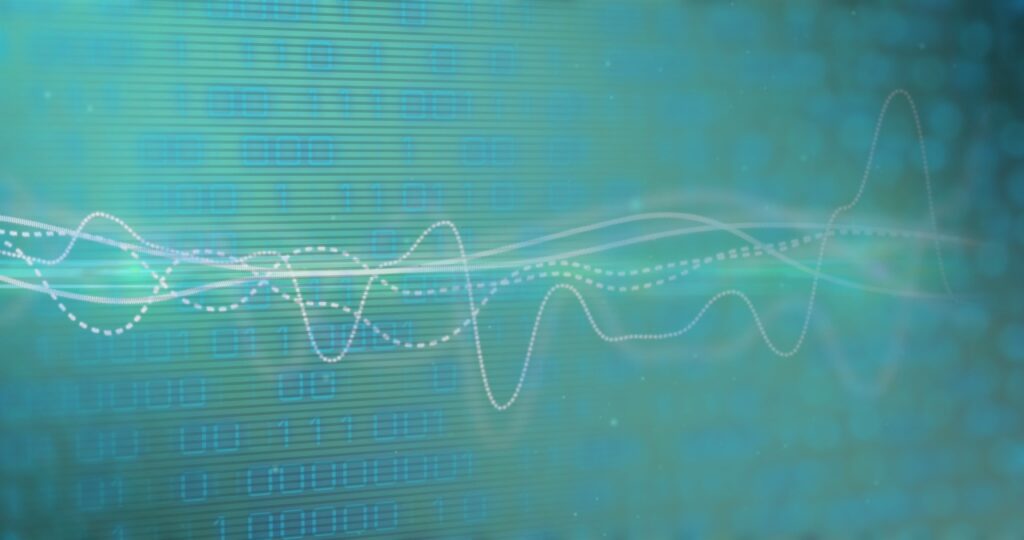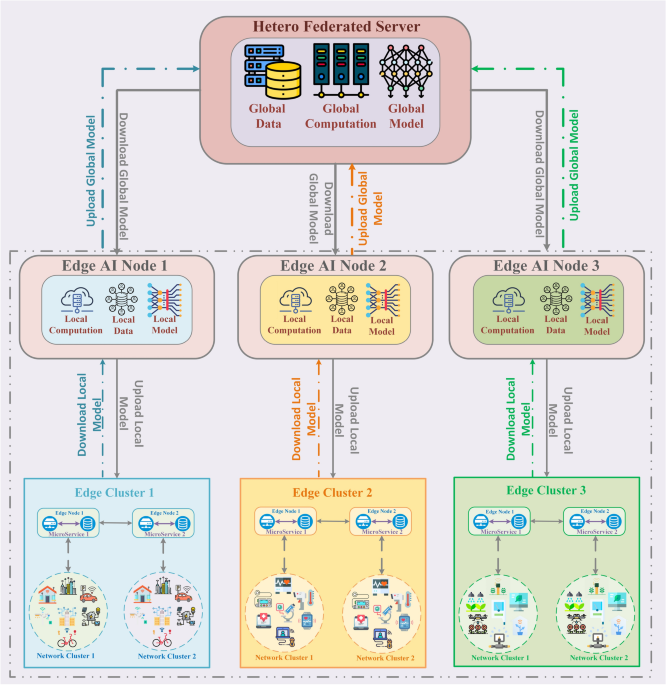Introduction The rapid increase of Internet of Things (IoT) devices and transportable technology in recent years has led to an exponential increase in application data generation1. According to a Cisco report2, around 2.32 zeta bytes of data are produced daily at the network edge of 2023. This enormous volume of edge data has driven the

Is OTFS the best waveform for 6G? – RCR Wireless News
Unlike OFDM and OFDMA, both of which modulate information within the time-frequency domain, OTFS does so within the Delay Doppler domain
Certain high mobility environments, such as high-speed trains, pose a challenge for communications systems due to significant Doppler spreads deteriorating the performance of the current waveform — orthogonal frequency division multiplexing (OFDM) and orthogonal frequency division multiplexing access (OFDMA) and — used in 4G and 5G networks, respectively. In 6G, the OTFS (Orthogonal Time Frequency Space) waveform has been positioned as a potential solution.
However, at the recent 6G Forum, Duke University Professor Robert Calderbank acknowledged that using OTFS, which he described as a “pulse in the Delay Doppler [DD] domain,” might “scare” some people — he’s hoping to change their minds.
OFDM, OFDMA vs. OTFS
Unlike OFDM and OFDMA, both of which modulate information within the time-frequency (TF) domain, OTFS does so within the Delay Doppler (DD) domain. This allows for increased resilience in poor Doppler environments, better spectral efficiency, reduced signaling latency, a lower peak-to-average ratio (PAPR) and shorter transmission duration. OTFS also offers improved energy efficiency compared to OFDM and OFDMA, particularly in high mobility scenarios.
‘Borrowing a trick from radar’
“What is the OTFS waveform? It’s a pulse in the Delay Doppler domain and that might seem a little bit scary … but I’m trying to convince you it’s not scary at all,” he told event attendees. To demonstrate this, he said to consider linear time-invariant, or LTI, channels — something the industry is much more comfortable with — in which a pulse is sent in the Time Domain (TD). “We wait for a little bit; we acquire the input/output relation; and then we recover the data. And this is predictable,” he said, adding that we can do “exactly the same thing for dispersive channels” by using a pulse in the DD domain.
You’re not transmitting in the Delay Doppler domain; you’re still transmitting in the time-frequency domain. But you have to get there first. In order to do that, said Calderbank, telecom must “borrow a trick from radar.”
He explained: “What radar engineers do is they play with ambiguity functions. They have a basic waveform … they chirp it and when they chirp their waveform, they rotate their ambiguity function, and they spread their original function across their time frequency resources.”
For OTFS in 6G, the same thing can be done, argued Calderbank.
Why is OTFS a good candidate for 6G?
By bringing together distinct aspects of signal processing — communications and radar — OTFS honors the ways in which 6G seeks to merge the two in applications such as Vehicle-to-everything (V2X) and Integrated Sensing and Communications (ISAC), which is the integration of sensing and spatial location of passive objects into the mobile communication network and is often considered the 6G use case.
Also, said Calderbank, maybe 6G is simply about doing things differently.
“Propagation environments are getting more extreme and Dopplers are rising as we explore different spectrum bands,” he commented. “Today we are designing wireless systems using mathematical models … 6G might be an opportunity to explore doing something different … 6G is about AI, it’s about machine learning, and for sure you can put an NVIDIA GPU on top of the legacy way of doing things and I’m sure it will do some good things, but I think a more fundamental and interesting question is: What kind of physical layer does machine learning want to see? And I think the answer is that it wants to see a predictable physical layer … The key thing that you need to organize around is predictability.”
All the sessions from 6G Forum, including discussions on the vision for 6G, security, use cases and more, are available on-demand here.



